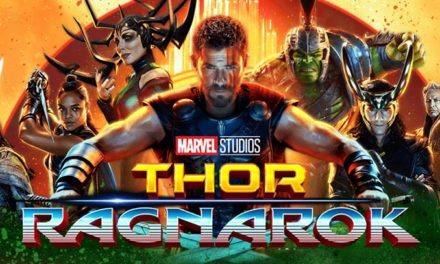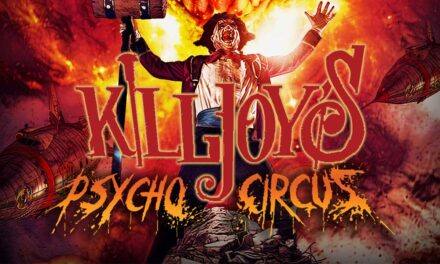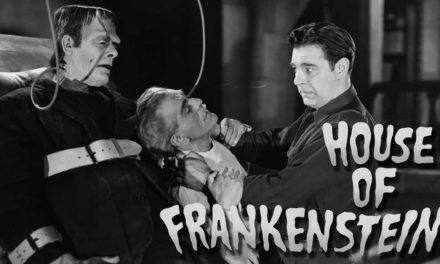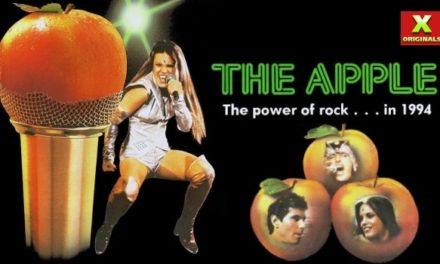On August 6, 1945, the United States dropped an atomic bomb on the Japanese city of Hiroshima, claiming 135,000 lives. Three days later, the US dropped another atomic bomb, this time on Nagasaki, which claimed an additional 64,000 casualties. Following this, Japan officially surrendered to the US, and the effects of both bombs are still being felt today. As part of the American occupation of Japan, the film industry was drastically changed to portray more Western ideals. Around this time, Japan entered a golden age of cinema thanks to filmmaker Akira Kurosawa of Rashomon and Yojimbo fame. Meanwhile, producer Tomoyuki Tanaka of Toho Studios was inspired by these nuclear attacks to work on a giant monster movie. Tanaka hired filmmaker Ishiro Honda to direct given his war-time experience, who decided to make this monster movie completely serious. So in 1954, Gojira aka Godzilla roared its way into Japanese cinemas.
%
Rating
Synopsis
Several freighters off the coast of Japan are being destroyed, one survivor claiming that a giant monster was responsible. Dubbed “Godzilla”, the monster destroys an entire village and the villagers demand answers and assistance from the government. Paleontologist Kyohei Yamane (Takashi Shimura) is hired to investigate and findings massive amounts of radiation before the monster reappears. While Yamane wants to study the creature, the military wants to destroy it, but nothing seems to kill it. Meanwhile, Yamane’s daughter Emiko (Momoko Kōchi) tells her fiance Hideto Ogata (Akira Takarada) about a possible way to destroy Godzilla. Her former lover, Daisuke Serizawa (Akihiko Hirata) has developed a weapon called the “Oxygen Destroyer”, which kills via asphyxiation. Serizawa is conflicted about using it fearing the superpowers will exploit it, but he’s convinced otherwise after seeing Godzilla’s rampage. Will the monster be stopped, or will Tokyo be crushed and destroyed by Godzilla?
Review
Godzilla is not only one of the most important films in Japanese cinema, but also in worldwide cinema. While not the first (Godzilla was inspired by The Beast from 20,000 Fathoms), the film started the kaiju genre. For the next several decades, movies with guys in rubber monster suits destroying miniatures became a mainstay of Japanese cinema. However, while the later films got more ridiculous, this one stands out for how gloomy and foreboding it is. Given that Japan had fairly recently experienced nuclear war firsthand, the film perfectly shows the horrors of atomic fallout. We see tons of ruined cityscapes and people injured or dying in hospitals, and the black-and-white cinematography enhances the mood. Even when the monster’s off-screen, the overall film has a very foreboding feel that gives a feeling of dread. The film somehow manages to make a scene of schoolgirls singing off-setting and slightly creepy.
Though somewhat crude by American standards, the effects used here are impressive given the circumstances at the time. The film makes effective use of miniatures and camera angles to show Godzilla’s size and make the monster a threat. Today’s audiences will probably criticize the effects, but keep in mind, the filmmakers had a fraction of an American budget. If there are any complaints I have, I will say that though the performances are solid, there’s isn’t much characterization. Granted, the film is more so focused on symbolizing years of atomic destruction than on giving us fully developed characters. In that sense, Godzilla more than succeeds, and it’s easy to see how this started a whole new subgenre. While the film can be slow at times, the scenes of Godzilla’s rampage are the highlight and make it watch-worthy. Overall, Godzilla more than earns its place in history as a Japanese classic.
Buy Godzilla from The Criterion Collection: https://bit.ly/30ssCbv




